Nowadays the closed-door concept is recognized for specialty foods, experimental cooking, creative freedom and a more intimate dining experience. For a taste of in-house dining, we knocked on the closed doors of four of Buenos Aires' puertas cerradas.
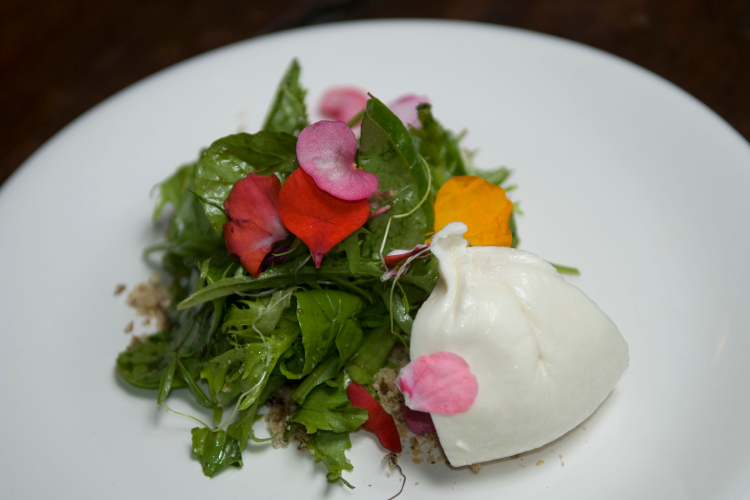
On a quiet residential street in Buenos Aires' Chacarita neighborhood, chef Diego Felix greets guests at his front door and leads them through a courtyard decorated with colored lanterns and candles, past the kitchen, and into the herb and vegetable garden, where many of the ingredients used in the evening’s meal are grown. After a welcome cocktail, guests are seated at separate tables in the dining room but still close enough to continue conversations started earlier in the garden. The idea is that the meal is a shared experience, but Felix stopped using a communal table after some guests objected.
Felix and his wife Sanra opened their closed-door restaurant, Casa Felix , in 2008, and serve food influenced by their travels around South America, using seasonal ingredients native to Argentina. Felix loves the freedom to experiment and decide on his five-course menu at the last minute; he usually begins by selecting the wines and then chooses dishes to compliment them, though the wine pairing is optional for guests.
The food is fresh, aromatic, and mainly pescatarian – a welcome break from the city’s meat-heavy parrillas (steakhouses). On the night we visited, both the starter of burrata Italian cheese with a salad of leaves and flowers, and the dessert of spicy strawberry marmalade and nut crumble were particularly good. To end the meal, a cup of cocido negro was served, a coffee-like drink made from yerba mate. The couple discovered the drink in Paraguay and, like Casa Felix itself, it is unusual yet distinctly South American.
A five-course tasting menu at Casa Felix costs AR$370, not including drinks.
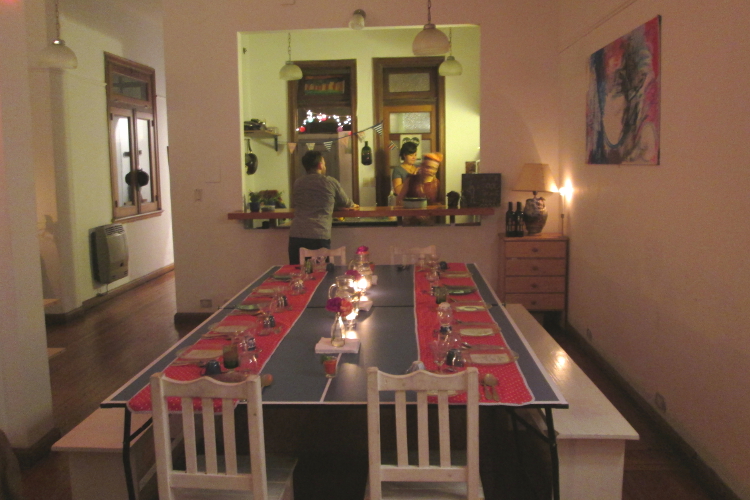
The weekly dinner at Jueves a la Mesa is held in a grand apartment building constructed in 1890, in the days when Argentina was one of the wealthiest countries in the world. A reservation is your ticket into a candlelit apartment with high ceilings and wooden floors, where you’ll be served vegetarian food at a shared table from an open plan kitchen.
After moving to Buenos Aires, American Meghan Lewis began cooking for friends, preparing vegetarian meals using flavors, spices and different sources of protein that can be difficult to find in the city. This became Jueves a la Mesa (literally 'Thursday at the table'), an informal dinner with a different theme each week, such as Middle Eastern, Indian, Mediterranean and West African. Lewis, who is also a yoga teacher, uses organic ingredients wherever possible, in keeping with her views on environmentally responsible food production.
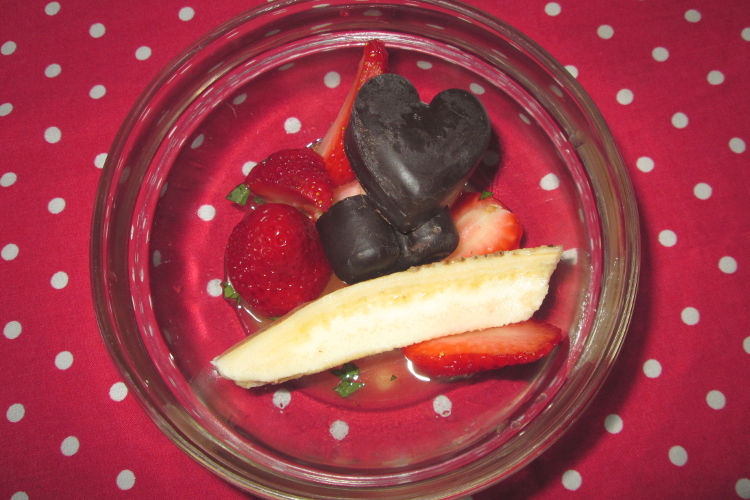
Seated on benches around a cleverly recycled ping-pong table dressed with polka-dotted tablecloths, flowers and shared salad bowls, we ate a Moroccan menu of baked eggs, tagine served with organic wine, and sublime homemade pink peppercorn chocolate with strawberry and banana, accompanied by ginger tea. With conversation at the table free-flowing, a meal here is a chance not only to eat well, but also to make new friends.
A three-course menu costs AR$250, including wine.
The hip neighborhood of Villa Crespo is just the kind of place you would expect to find La Cocina Discreta , a bohemian closed-door eating spot hidden amidst the discount outlet shops. Walking down the long, tiled passageway in the traditional 'ph' (piso horizontal, single story) building gives the feeling of entering a secret club. Inside, the apartment is quirky, with a mural painted on one wall and an internal patio with fairy lights and a parrilla (grill). Diners are afforded a view into the kitchen where chef Alejandro Langer cooks, while delicious aromas drift over to whet the appetite.
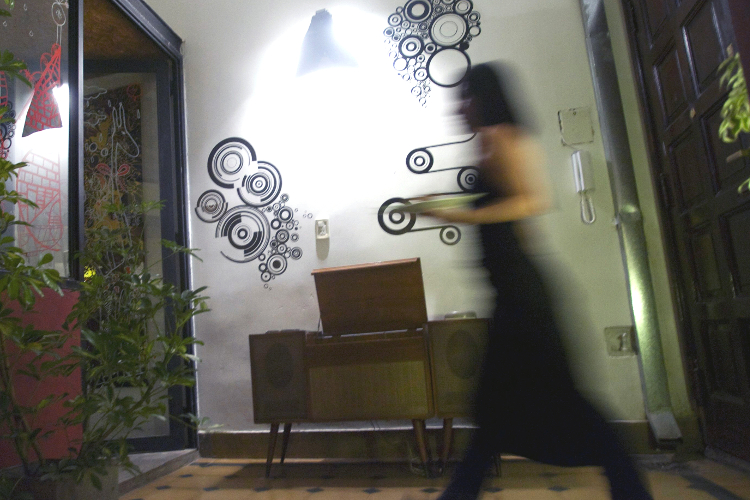
Seven years ago he and his wife had the idea of opening up their home as a place to share the things they loved – art, music and food. 'It was still a new concept then,' Langer explains, 'but people enjoyed it. They liked the fact that they were protagonists, that they could come and talk to the chef and feel part of it.'
The dining room is also a gallery space, with local artists' work on display, and it is also used as a venue for live music. The food is a fusion of different styles influenced by Langer’s travels; the night we visited, the menu featured prawns with a hint of lemon – a recipe picked up from a Colombian friend – followed by a perfectly cooked steak.
A three-course menu costs AR$260, not including drinks.
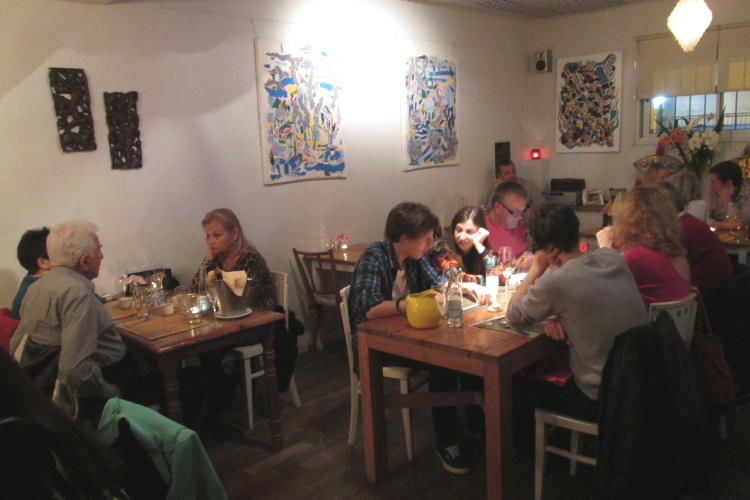
Buenos Aires' closed-door restaurants are often the best place to find food from outside South America. Cocina Sunae is the place to go for Southeast Asian cuisine – perfect if a few days of eating steak and empanadas has left you craving something lighter.
Chef Christina Sunae, who was born in the United States but spent much of her childhood in the Philippines, moved to Buenos Aires in 2005 after meeting her husband Franco on what was supposed to be a three month sabbatical in the city. They bought a house with a large living room in Chacarita and started their closed-door restaurant in 2009, serving mainly Thai and Filipino dishes but with some Vietnamese and Indonesian influences too.
More popular with locals than some of the other puertas cerradas, and with guests seated at individual tables at staggered booking times, Cocina Sunae feels more like an intimate restaurant than a dinner party, but the experience is nonetheless personal: the food tastes like authentic home-cooked Southeast Asian cuisine, and Christina Sunae takes time out from the cooking to come to the table and speak to guests about the evening’s menu.
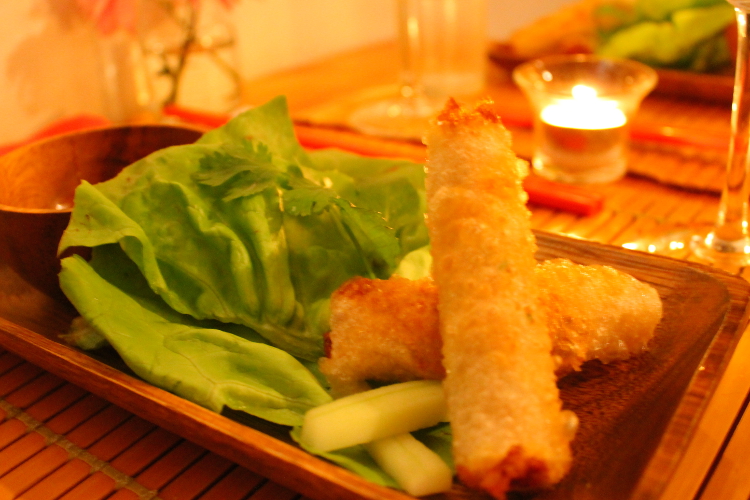
When we visited we were served Vietnamese spring rolls, green papaya salad, and red prawn curry, finished off with a glazed donut with condensed milk ice cream, Thai chocolate ganache and seasonal fruits.
A three-course menu costs AR$250, not including drinks.